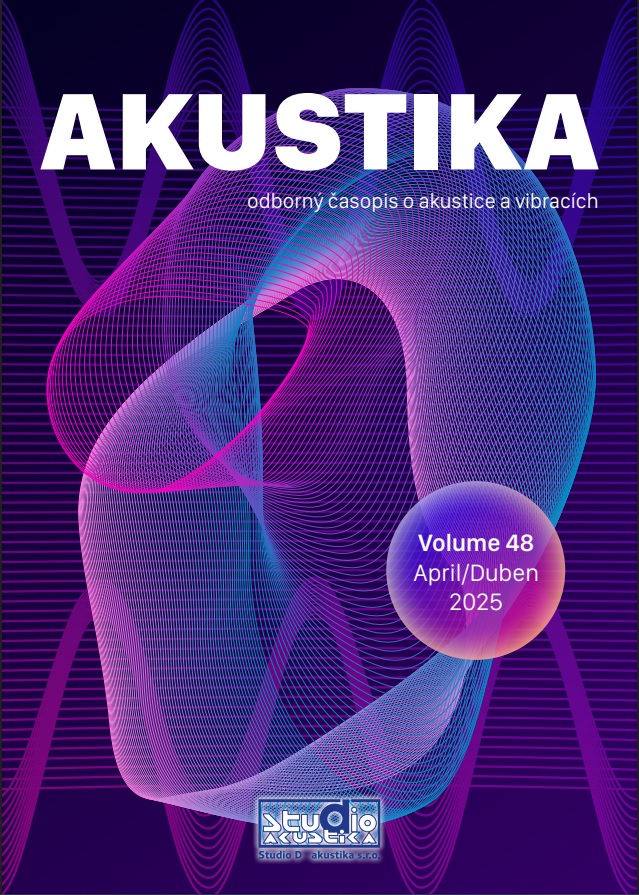Insights and Limitations of Acoustic Stress Tomography in Forestry Applications
DOI:
https://doi.org/10.36336/akustika20254834Keywords:
quality of wood, acoustic stress wave, impulse tomograph, image analysisAbstract
Effective wood evaluation necessitates a thorough consideration of technical parameters, including both quantitative and qualitative features. The study aimed to practically verify the accuracy and applicability of the ARBOTOM acoustic stress tomograph under various forestry operations and research conditions. The tomograph was tested in a forest stand
and a poplar plantation. A total of 165 standing tree trunks were evaluated using the acoustic tomograph: 108 oaks, 53 lindens, 4 pines, 1 fir in the forest, and 2 poplar trunks at the plantation. The median value for damage identified in the red color spectrum was 41.4% for oak and 58.3% for linden. In the violet color spectrum, the median values for damage were 13.75% for oak and 9.5% for linden. The results also indicated that the number of sensors did not significantly affect the identification of the extent of red or violet damage zones. The application on poplar trunks showed that the tomograph is not suitable for very thin trunks with naturally thinner wood. Integrating these technologies into forestry operations could help create favorable conditions for the use of modern information technologies in conjunction with the sustainable management of forest resources.

Downloads
Published
Issue
Section
License
Copyright (c) 2025 Miloš Gejdoš, Katarína Michajlová, Miroslav Němec (Author)

This work is licensed under a Creative Commons Attribution-NonCommercial-NoDerivatives 4.0 International License.
Journal Akustika is peer reviewed journal indexed in Scopus database and
Web of Science.

